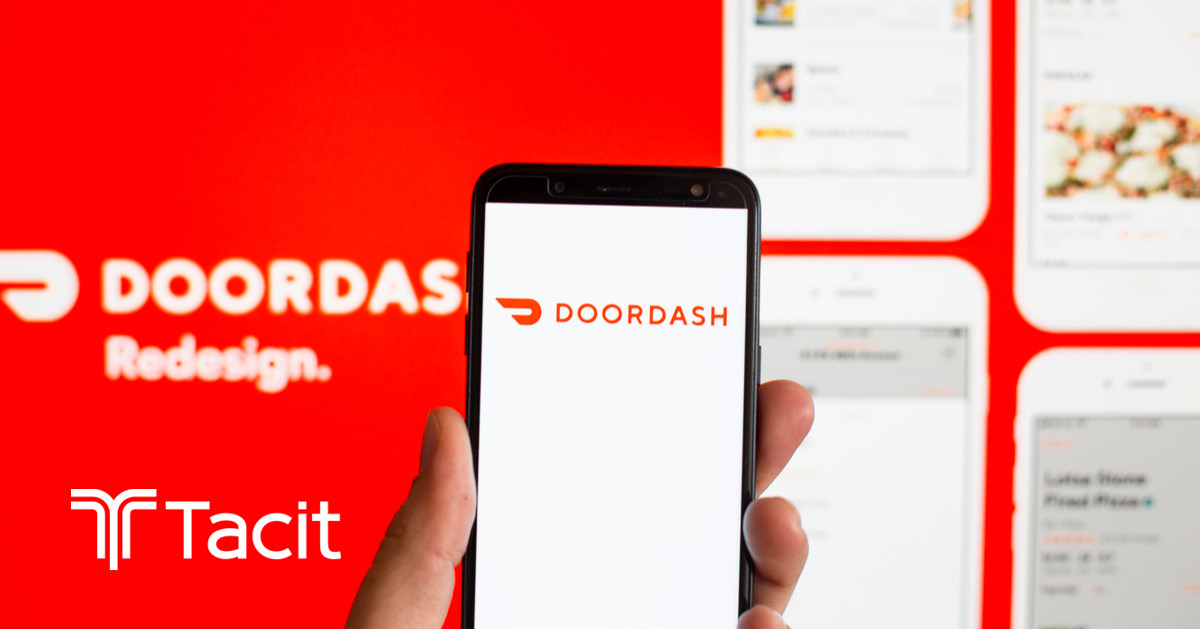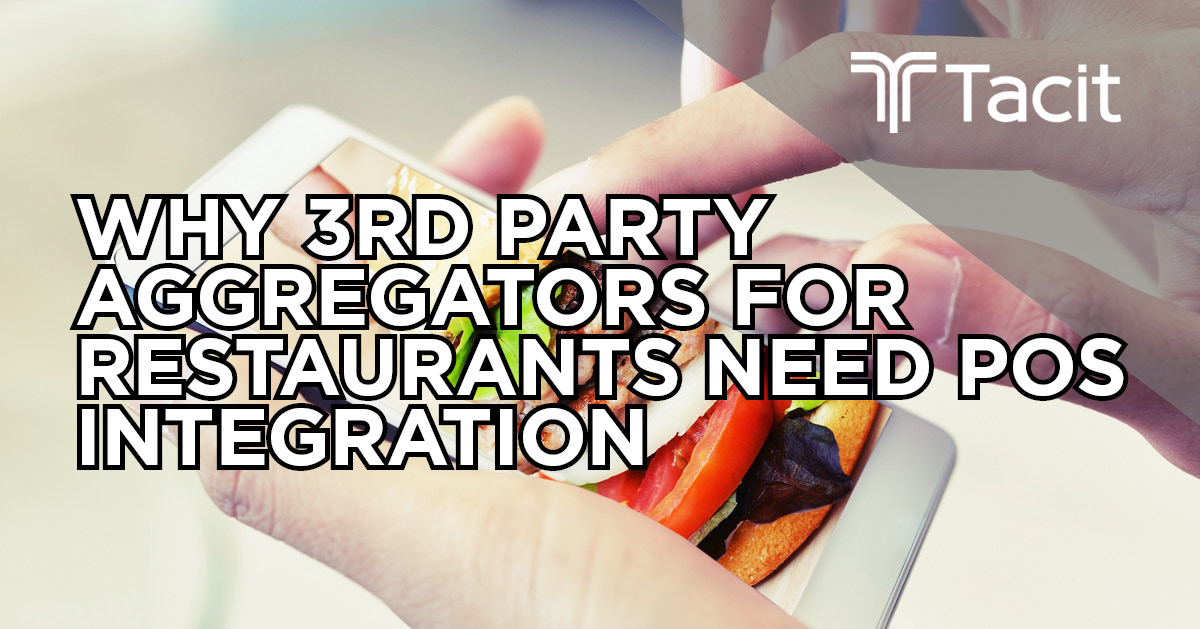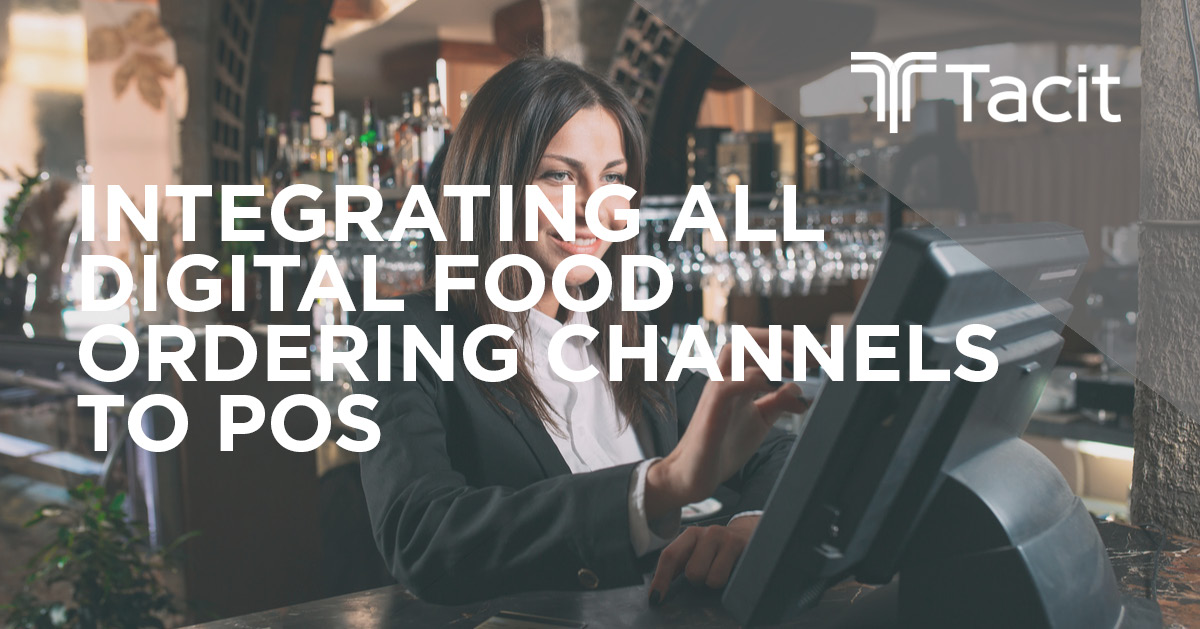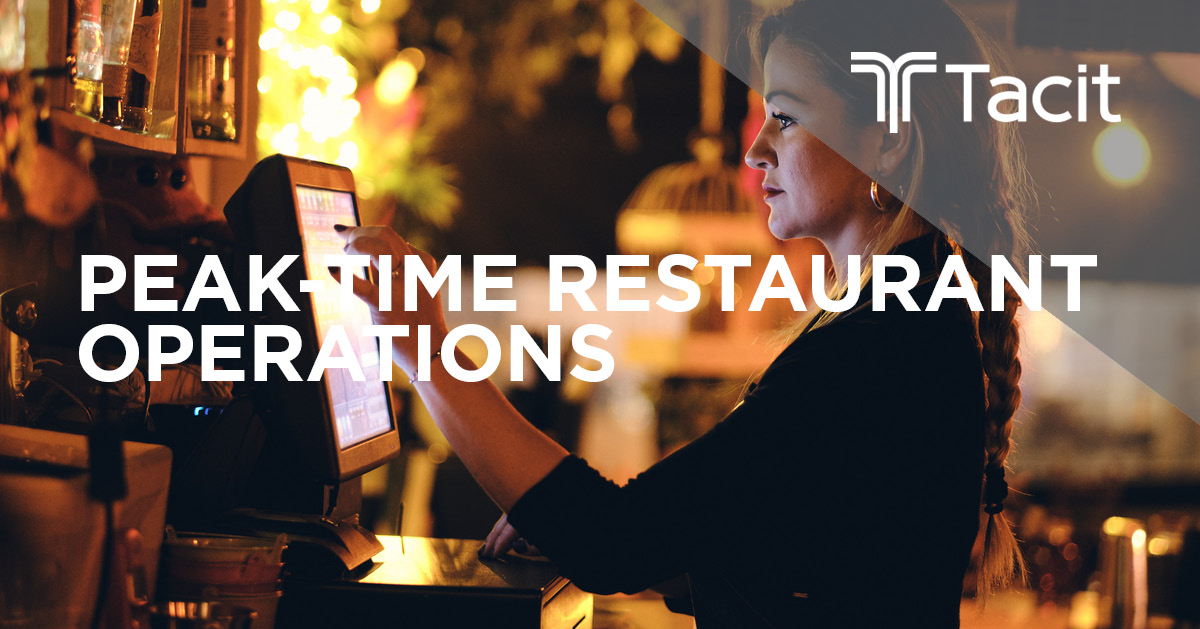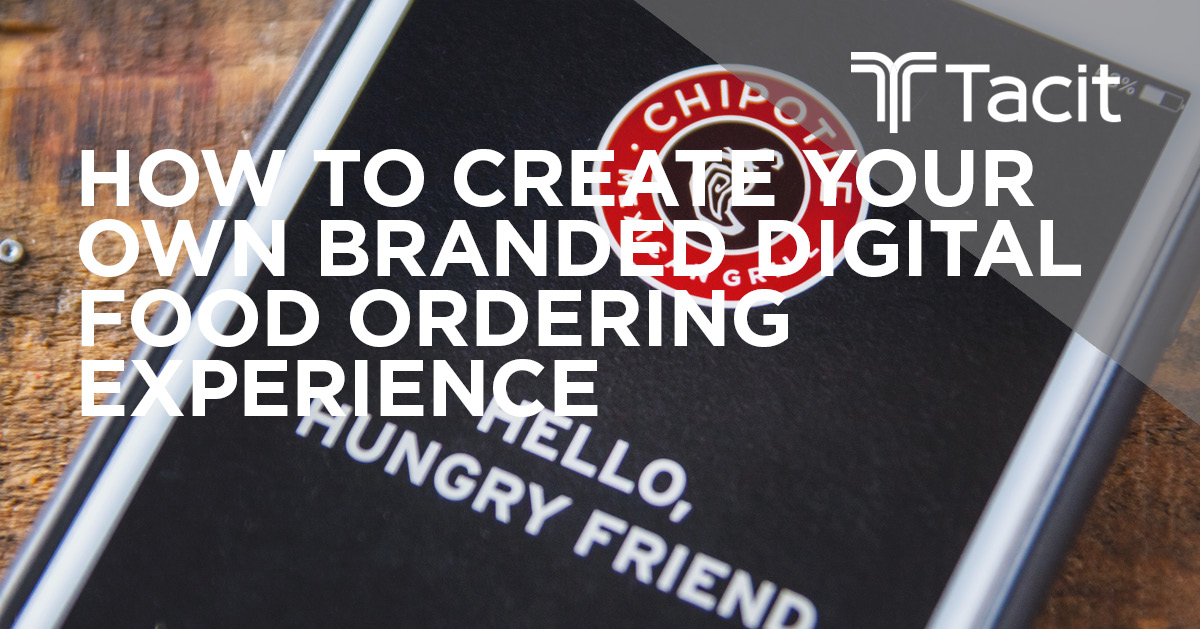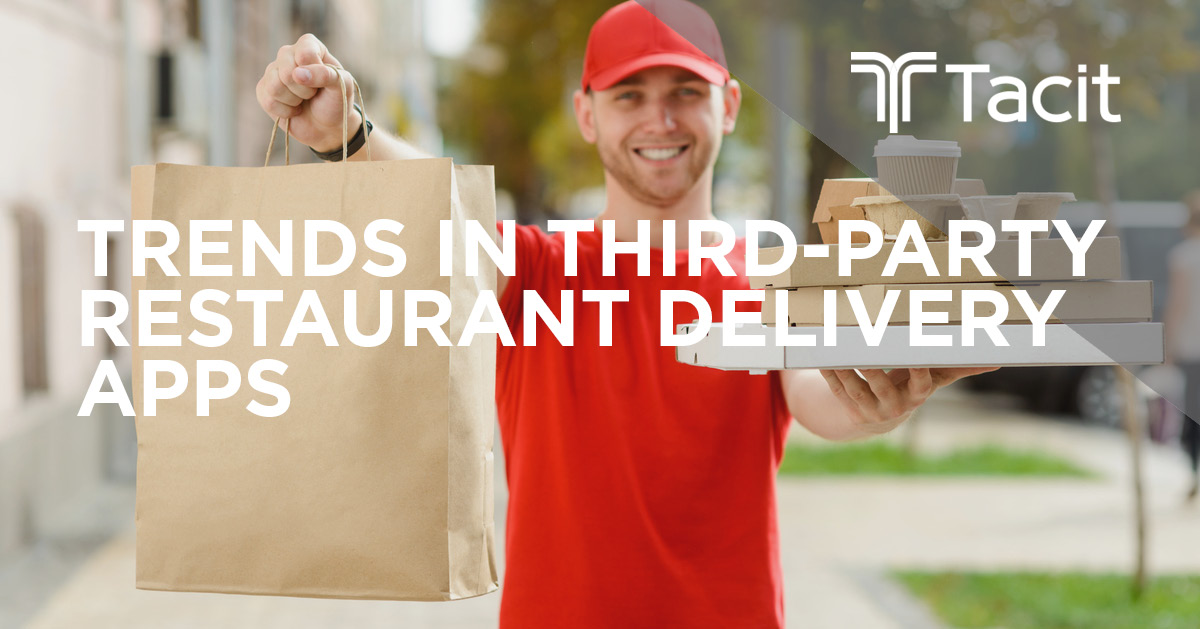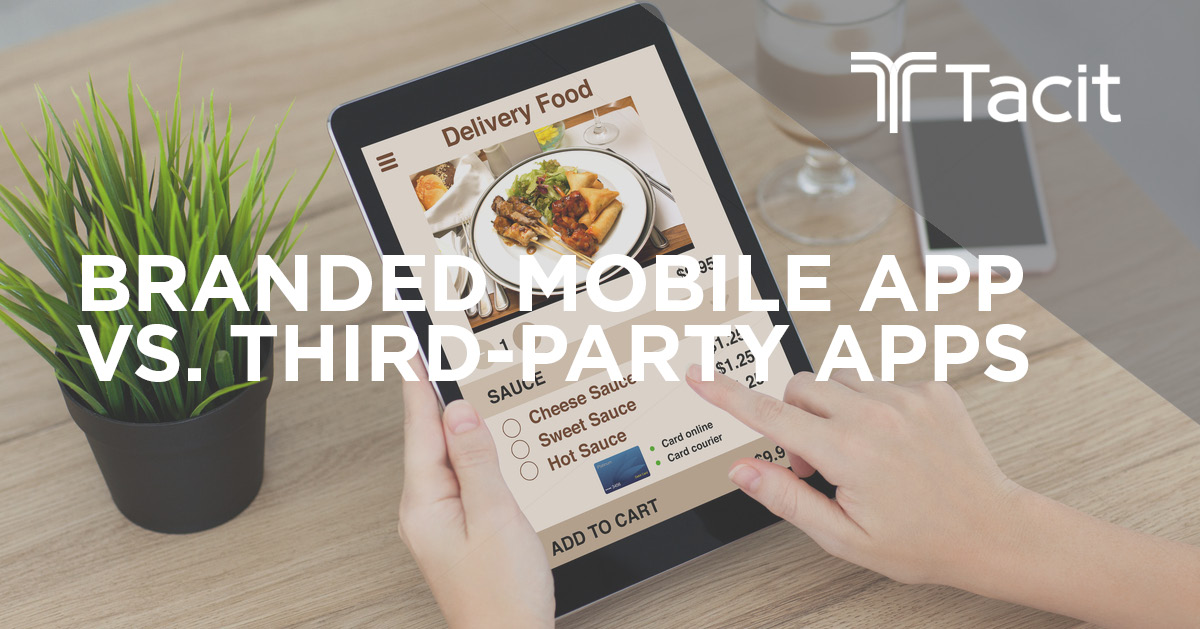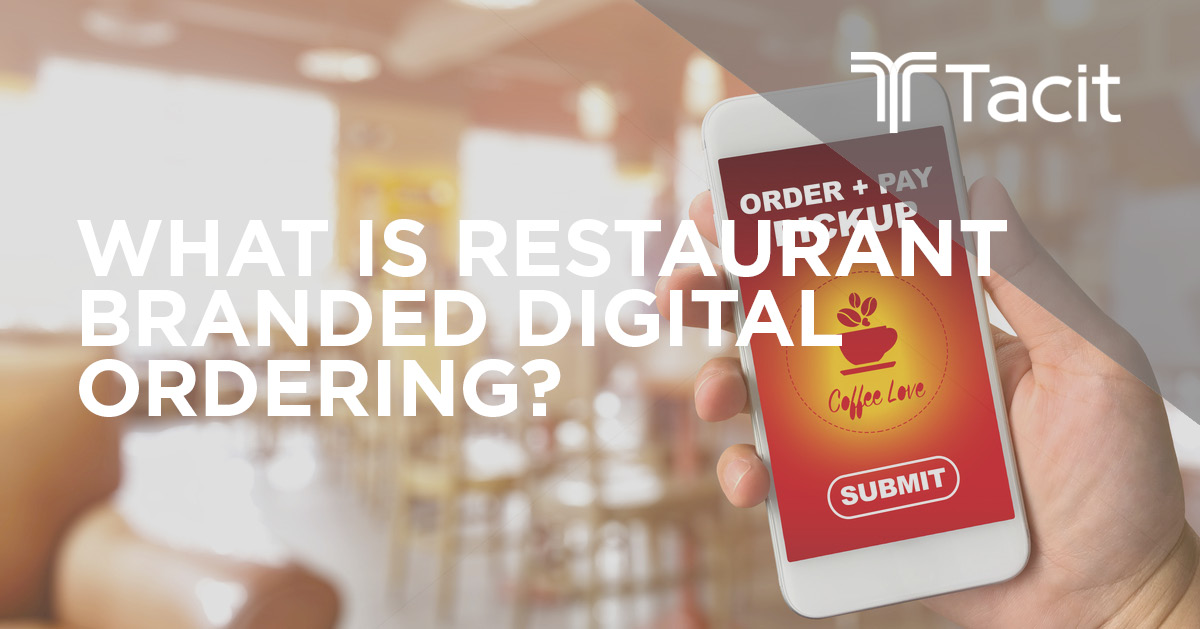22 Aug Third-Party Aggregator Food Orders: How to Decrease Labor Time & Errors in Keying
The debate still rages over whether delivery apps and point-of-sale (POS) systems go hand-in-hand. According to Food Newsfeed, increasing demand for food delivery has transformed small startup apps and third-party aggregator food orders into multi-billion-dollar enterprises. Major players, such as Uber Eats and Grub Hub,...

